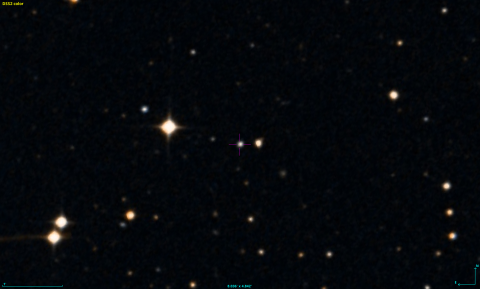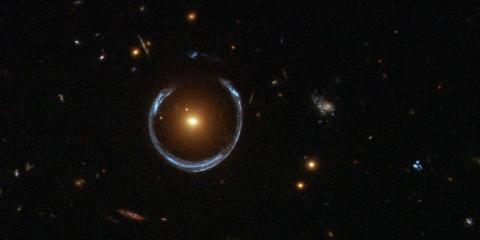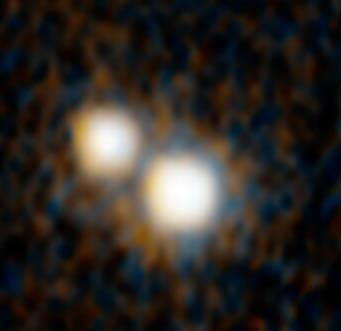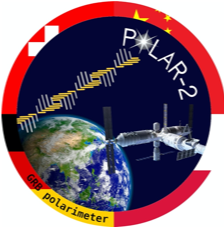
The history of the quasar HE 0435-5304 – the distance matters!
Publicly available data is not too popular among scientific breakthrough seekers. Usually they were extensively researched and there is nothing more to discover. However, there are exceptions, such as the quasar HE 0435-5304, which sounds boring by name.

Searching for the gravitationally lensed glow of gamma-ray bursts
NCBJ participates in the study of gamma-ray bursts (GRBs), in particular the gravitational lensing of their glow. GRBs are one of the most energetic processes in the universe.Scientists propose to extend the search for GRBs with multi-range observations of the glow of these phenomena.

How do you weigh galaxies for the greatest sky surveys?
NCBJ coordinates Polish participation in the largest observational astronomy project in history. The field of view of a telescope built in Chile will cover an area 40 times larger than the Moon’s disc. The observations planned for 10 years will provide, among others data about variable objects. Scientists from NCBJ working as part of the ASTROdust team are already preparing algorithms that will enrich the set of information obtained from the observations.

A new method of determining distances in the universe uses quasars
Astronomers use many methods of determining the distance to celestial bodies, but each of them has limits of its applicability. An international group of scientists, with the participation of Professor Marek Biesiada from the National Center for Nuclear Research, proposes the use of quasars for this purpose. The method could be applied to objects whose image reaches us even 13 billion years ago.

Gravitational waves allow us to test the General Theory of Relativity
Based on the latest research results from the LIGO / Virgo gravitational wave observatories, scientists conducted tests of General Relativity (GRT). Nine different methods were used to verify the consistency of Einstein’s theory with the observational data. No discrepancies were found. Polish scientists from the Polgraw group, including scientists from NCBJ, participated in the research.

POLAR-2 at the POLSA conference
W dniach 23-24 listopada odbędzie się konferencja „O Lemie i kosmosie” organizowana przez Polską Agencję Kosmiczną POLSA. Dr Adam Zadrożny oraz mgr inż. Dominik Rybka – naukowcy z Narodowego Centrum Badań Jądrowych, będą mówić na niej o międzynarodowym projekcie POLAR-2 i polskim wkładzie w tę misję.




